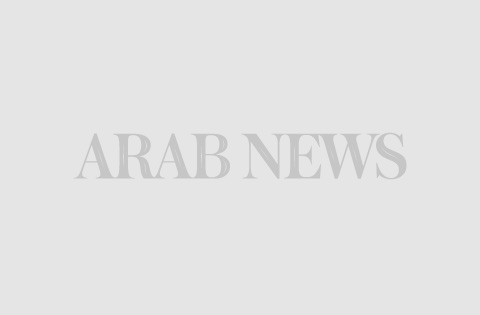JEDDAH: It is an old city on the Red Sea coast that dates back to what is called in Arabic “Al-Jaheliyyah” — “the time of ignorance” — long time before the coming of Islam. The city is now the focus of international attention as Custodian of the Two Holy Mosques King Abdullah formally opens King Abdullah University for Science & Technology (KAUST).
The city was called Al-Johfa until the early years of the 17th century.
Some stories say that the city was then completely destroyed by seawater and that when it was rebuilt, it was renamed Rabigh, a word that means “comfortable living” in Arabic.
The historical importance of the city comes from the fact that it was a stopover for pilgrims coming from Egypt and the Levant to perform Haj.
It was also on the caravan route between Yemen and the Levant. As a coastal town, fishing was the main job of Rabigh’s people. Even today, people from different parts of Saudi Arabia go to Thuwal, a village near Rabigh, which is famous for its fresh, delicious fish.
King Abdullah appreciated Rabigh’s resources and made it the center of major projects that have contributed to the socio-economic development of the Kingdom.
These include KAUST, Petro-Rabigh, King Abdullah Economic City (KAEC) and the ARAMCO Refinery.
KAUST has been built as an international, graduate-level research university dedicated to inspiring a new age of scientific achievement in the Kingdom that will also benefit the region and the world. KAUST is the realization of a decades-long vision of King Abdullah.
Launched in September 2005 as a joint venture between Saudi Aramco and Japan’s Sumitomo Chemical, the $10-billion Petro-Rabigh plant is the largest integrated oil refinery and petrochemical production facility ever built at one time, and one of the most sophisticated plants of its kind in the world.
Rabigh is also home to a new city under construction, KAEC. With a total development area of 168 million square meters, the city is a multibillion riyal economic project begun in 2005 by the Custodian of the Two Holy Mosques.
The project is being developed by Emaar, a Tadawul-listed company established to develop KAEC.
The Saudi Arabian General Investment Authority is the main facilitator of the project. KAEC has six key components: Seaport, Industrial Zone, Central Business District, Educational Zone, Resort Zone and Residential Communities. Work on the first phase of KAEC’s infrastructure is going on and major progress has been achieved on the city.
KAEC has already created dynamic investment clusters that have attracted investments in several high-growth sectors. In addition, KAEC Seaport is expected to play a vital role in providing an alternative port on the Red Sea, both for transshipment and as a gateway for cargo.
With two flagship projects bearing the name of King Abdullah and the presence of over 50 world leaders to witness the opening of KAUST, some think Rabigh now has much more to offer than simply rice and fish.


